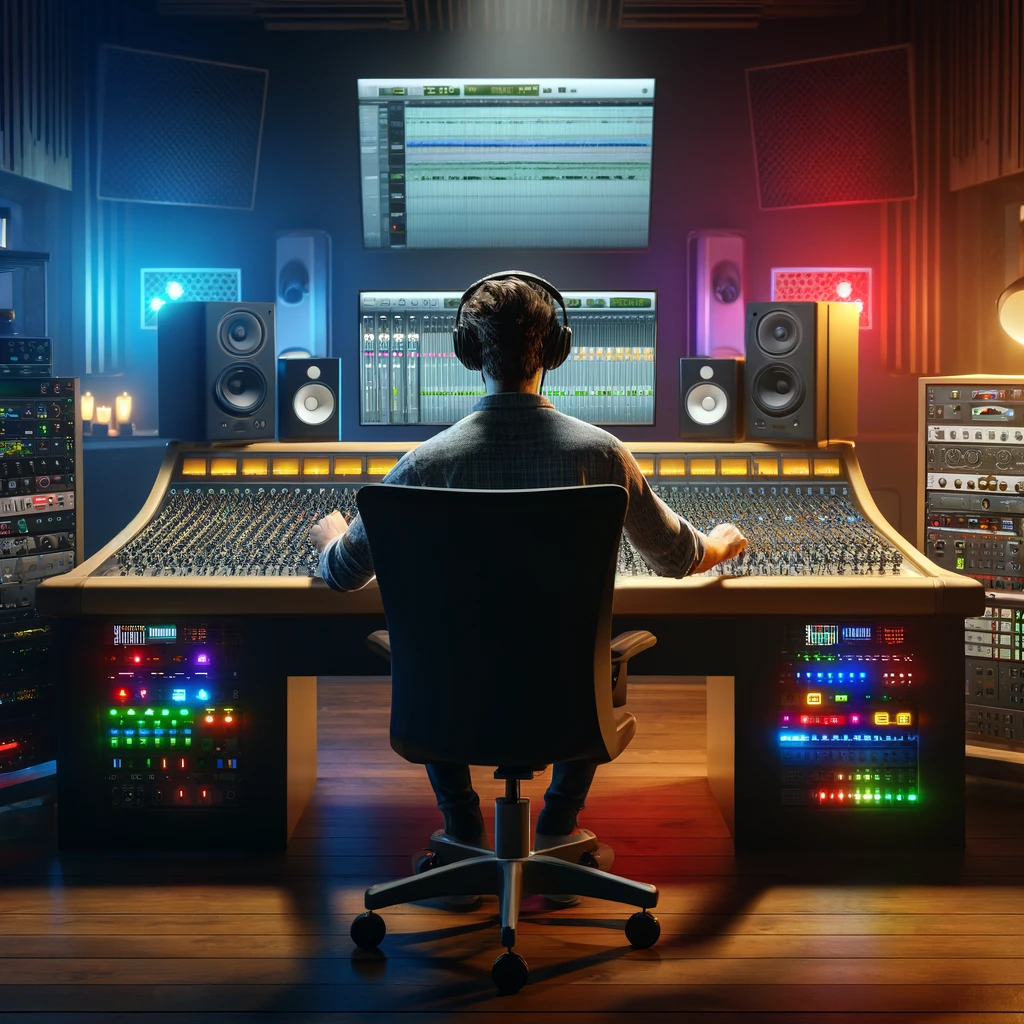Welcome to the exciting world of home studios! If you’re a beginner looking to record, mix, and produce music at home, you’ve come to the right place. This guide is packed with tutorials and technical tips to help you make the most of your space and equipment. Let’s dive into the art of the home studio together!
Essential Equipment to Get Started
To get started, you’ll need some basic equipment. Here’s a list of essentials to set up your home studio:
- Computer: A reliable computer with sufficient processing power and memory is crucial.
- Digital Audio Workstation (DAW): Software like Ableton Live, Logic Pro, or FL Studio to record, edit, and mix your music.
- Audio Interface: A device that converts your analog signals (like vocals and instruments) into digital signals that your computer can process.
- Microphones: A good quality microphone is essential for recording vocals and acoustic instruments.
- Headphones: Closed-back headphones for accurate monitoring and mixing.
- Studio Monitors: High-quality speakers designed for accurate audio reproduction.
- MIDI Controller: A keyboard or pad controller to input MIDI data into your DAW.
Setting Up Your Home Studio
Setting up your home studio correctly is key to achieving the best sound quality. Here are some tips:
- Acoustic Treatment: Use acoustic panels and bass traps to minimize reflections and control the sound in your room.
- Placement: Position your monitors at ear level and in an equilateral triangle with your listening position for the best stereo image.
- Minimalism: Keep your workspace tidy and free of unnecessary clutter to maintain focus and creativity.
Recording Tips for Beginners
Recording at home can be challenging, but these tips can help you get professional-sounding results:
- Gain Staging: Ensure that your input levels are not too high to avoid clipping and distortion.
- Microphone Technique: Experiment with microphone placement and distance to capture the best sound from your source.
- Room Noise: Minimize background noise by recording in a quiet environment and using soundproofing techniques if necessary.
Mixing and Producing Music
Once you’ve recorded your tracks, it’s time to mix and produce your music. Here are some essential tips:
- EQ: Use equalization to balance frequencies and make each instrument sit well in the mix.
- Compression: Control the dynamics of your tracks with compression to achieve a polished sound.
- Reverb and Delay: Add depth and space to your mix with reverb and delay effects.
- Automation: Use automation to create dynamic changes and interest throughout your track.
- Reference Tracks: Compare your mix to professional tracks to ensure your mix translates well on different systems.
Final Thoughts
Mastering the art of the home studio takes time and practice, but with these tutorials and tips, you’re well on your way to creating amazing music at home. Keep experimenting, stay patient, and most importantly, have fun with the process. Happy recording!
![]()














